As you may have read elsewhere on this blog, we rely heavily on our animals to not only contribute to our compost, but to assist in it’s preparation too. The outside part of our animal pen actually operates as our initial compost bay. All the animal green feed and all our household and garden compostables get chucked in there. The animals eat what they like, they add their own significant quantity of droppings to the mix, and the chickens stir it all up. We also add the used bedding when it’s cleared out, and anything else that will compost down such as fallen leaves, old papers etc.
As you can imagine, this quantity of material builds up into a thick layer which is soon populated by worms and insects. These do a great job of breaking down the material into something we can use in the garden, but also provide a valuable food source for the chickens. It’s their presence which encourages the chickens to dig, and the digging which aerates the material so it’s beneficial all round (well, perhaps not such a happy outcome for the worms …!).
The material periodically gets removed from the animal shed and piled underneath. There it composts a little further, before it’s rolled to the terrace below. And from there, it’s another drop to the veg fields. The great thing is, it’s all downhill!
The outside enclosure of our animal shed incorporates our first stage compost ‘heap’. Here, materials are shredded by the goats’ hooves, mixed by the scratching activities of the chickens, and assisted in their decomposition by the worms and insect life who inhabit them (and provide a valuable protein source for the chickens).
It’s time to clear it out when our heads risk touching the top wire, perhaps three or four times a year. We take a bit here and there for use as mulch in between, but generally compost it further as it’s an ongoing collection of material so the top layer is likely to contain unrotted material which could rob plants of nitrogen if incorporated into the soil at this stage.
Laying cardboard where the material will be heaped. Great physical work for a miserable day! Downhill from the enclosure, with a further terrace to roll the compost to before it eventually reaches the veg fields.
Ready to go down another terrace. See the pumpkins to the left? They’ve been going crazy all summer, taking advantage of the nutrient rich soil here.
Down again, and really appreciating being able to just roll it off the terrace! This terrace has been planted with corn for the goats this summer in-between compost heaps, loving the extra rich soil left behind.
Finally ready for use! Hauled up to the road by truck, this load is being used to top our ‘hugel edge’ which is repairing a strip of land degraded by the road building and will eventually be planted with forage plants to encourage the bees down towards our orchard area.
Of course, the majority ends up in the veg garden as you would expect. This picture shows the veg garden in start up phase. It swallowed an enormous amount of compost!
On a smaller scale we use a hot composting system to heat the water in our shower when solar isn’t practical. The compost from that is being used to provide a growing area around the shower.
One of our challenges at the moment is having enough compost to repair our soils as fast as we’d like. We’re attempting to remedy this situation by growing mulch materials ourselves and by shredding rather than burning tougher material (the hugel edge provided a great use for this last year), but in the meantime we’re bringing in materials from off site, utilising the humanure from our composting toilets, vermicomposting in old bath tubs, and ensuring that not a single leaf leaves the farm!
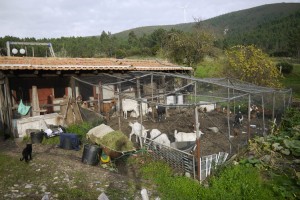
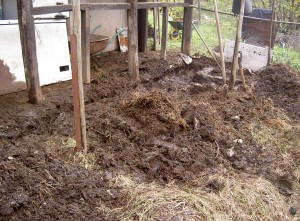
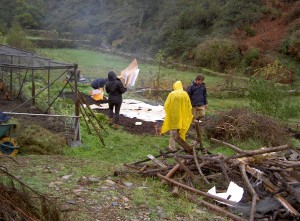
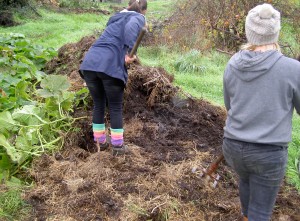
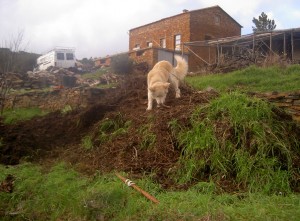
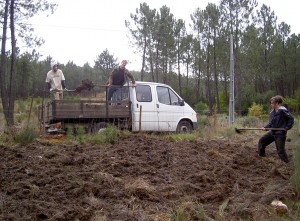
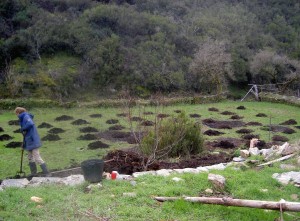

Leave a Reply